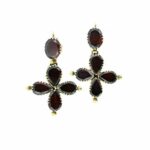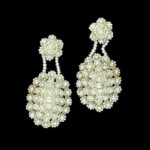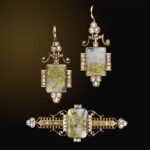The Close of the Century 1875-1900
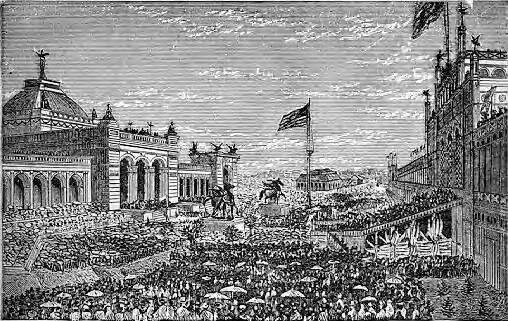
CENTENNIAL EXHIBITION!
PHILADELPHIA, PA.
THIS GREAT INTERNATIONAL EXHIBITION, DESIGNED TO COMMEMORATE THE ONE HUNDREDTH ANNIVERSARY OF AMERICAN INDEPENDENCE OPENED MAY 10th AND WILL CLOSE NOVEMBER 10th 1876. All the Nations of the World and all the States and Territories of the Union are participating in this wonderful demonstration, bringing together the most comprehensive collection of art treasures, mechanical inventions, scientific discoveries, manufacturing achievements, mineral specimens and agricultural products ever exhibited. The grounds devoted to the Exhibition are situated on the line of the Pennsylvania Railroad and embrace four hundred and fifty acres of Fairmount Park, all highly improved and ornamented, on which are erected the largest buildings ever constructed – five of these covering an area of fifty acres and costing $5,000,000. The total number of buildings erected for the purposes of the Exhibition is near two hundred. During the thirty days immediately following the opening of the Exhibition a million and a quarter of people visited it.1
In celebration of its first hundred years, the United States hosted a Centennial Exhibition that was designed to show off its accomplishments in the arts, industry, science, and commerce to the rest of the world. Set in Philadelphia and consisting of 249 buildings set up to display wares from all corners of the globe, the exhibition was a showcase for American Progress. Twenty-six of the one hundred and fifty exhibitors in jewelry, watches, silverware, and bronzes were American. The Centennial Exhibition is widely regarded as the end of American dependence on European design inspiration and the birth of an American artistic identity. A swelling of national pride resulted from the quality and quantity of American firms represented at the exhibition and, for the first time, Americans realized that they could produce luxury goods on par with those imported from Europe.
Included among the jewelry notables was the firm of Starr & Marcus who exhibited an unrivaled display of cameos.
Among their splendid stock of cameos may be particularly remarked a magnificent amethyst intaglio of Venus & Mars; a pair of stone cameos of the bust of Margaret of Tuscany set as earrings; a set of earrings and necklet, in stone cameos with the effigy of Mary Stuart; a head of Isis cut in Oriental garnet with enameled headdress set with diamonds; the marvelous “Three Wise Men,” which took the prize for cameos at the Vienna Exhibition; a head of Ulysses in chalcedony, an antique over 300 years old; and a pair of bracelets, cameos representing Sappho, set in a tracery of platina set into a band of gold. Every one of these beautiful objects of high art displays the wonders of the cutter’s delicacy of hand under the magnifying glass to perfection.2
Tiffany & Co. featured an en tremblant peacock feather resplendent with a yellow diamond from the Duke of Brunswick’s collection. Tiffany was honored for their jewelry, watches, and silver. The American Watch Co. of Waltham, Massachusetts also received medals for their system of watchmaking and machinery as well as for the finished watches they produced.
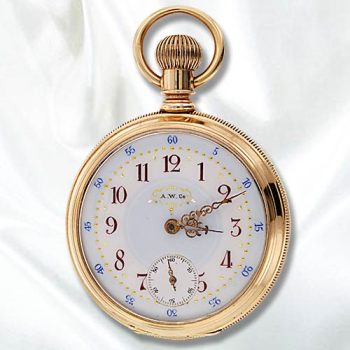
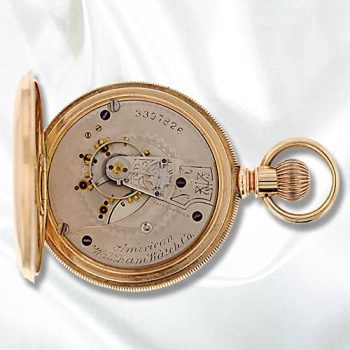
The pride American’s took in the quality of jewelry displayed at the Exhibition was dampened somewhat by the fact that firms from around the world held back some of their more extravagant work due to security concerns. Nevertheless, France, Italy, Great Britain, Germany, Brazil, Japan, and many other countries were well represented. America was finally taking its place in the world on an equal footing.
Along with the celebration of its first one hundred years came pride in our colonial forefathers and mothers. Jewelry, clothing, and items of historical interest were appreciated anew. Balls and celebrations were an opportunity for wearing the family jewels and women outfitted themselves in the gowns of their colonial ancestors. Rebuilding and remaking the gowns and wearing the jewels became the height of fashion. Smaller events such as Martha Washington tea parties were another way to show off colonial relics.
A CENTENNIAL TEA PARTY.
THE LADY WASHINGTON RECEPTION, THE ACADEMY OF MUSIC, IRVING HALL, AND NILSSON HALL CROWDED-NEW YORK SURPASSES ITSELF-DETAILS OF THE ENTERTAINMENT – SCENES IN IRVING HALL. New York outdid itself last night in the Martha Washington tea party and ball in aid of the Floating Hospital of St. John’s Guild. There has not been such a ball within the memory of the oldest New Yorker, and this in spite of the well-known fact that the charity entertainments of the City are famous alike for the prestige and fashion of those who conduct them and the numbers of those who patronize them. But last evening was a night of nights supreme in every element that makes such affairs enjoyable. There was the attraction of superb decorations; there was the charm of an unusual gathering of beautiful women and girls; there was the zest of novelty in the minuet and the queer costumes of a hundred years ago, there was the magnetism of fashion and birth, and, above all, the influence of an enormous crowd.3
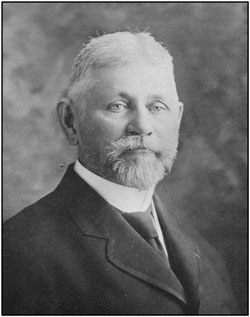
A deepening appreciation of the natural resources available in America began to present itself in jewelry design and fashion. Tourmalines, amethysts and aquamarines from Maine, sapphires from Montana, colorful sapphires and rubies from North Carolina, garnets from Arizona, New Mexico, and Colorado, peridot from Arizona, along with California Gold and Colorado Silver were abundant. Supplemented with increasing diamond supplies from South Africa, American jewelers could now be supplied with everything else they needed to produce jewelry for an increasingly affluent population from within the nation’s borders. Tiffany & Co. amassed a particularly stunning collection of native gems for display at the Paris Exposition in 1889.
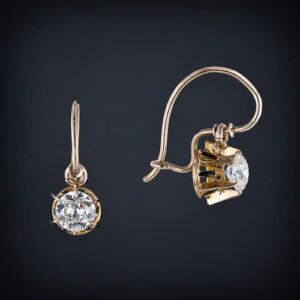
A fashion developed for diamond earrings that were comprised of a large diamond dangling, close to the earlobe, from a wire hook secured with a catch. In order to wear these larger gems safely to and from social events, a snap-on spherical cover was invented. The earrings appeared to be simple ball drops until the covers were removed to reveal their hidden treasure. Near the end of the century ear studs with threaded posts replaced the wire hook.
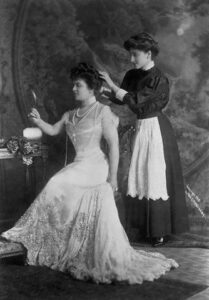
Pearl ropes were featured in ever-increasing lengths. Strands that reached “fingertip” length were accumulated over time, getting longer and longer as each new strand was added. In addition to wearing them full length, strands could be wound around the neck multiple times to create various different looks. At the other extreme, pearl dog collars were also in great demand. The pearls native to the United States were being utilized in increasingly creative ways, particularly Mississippi River pearls with their long elegant shapes, to create artisan and representational pieces. Abalone from the west coast, conch pearls from the Caribbean and mother-of-pearl from many different mollusks (abalone, conch, etc.) were all being carved and shaped for jewelry.
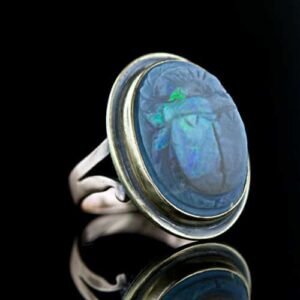
Renaissance revival, archaeological revival, and Egyptian revival jewelry soared to new heights during this period. Jewelers such as the Castellanis and Carlo Giuliano had gained popularity in America and American jewelers were quick to take note. Tiffany & Co. produced a line of reproduction jewelry, copying the Curium Treasures discovered by General Luigi Palmi di Cesnola, to sell in museums. For their efforts they received a gold medal for jewelry at the Paris Exposition of 1878 and their designs were an instant sensation. Egyptian motifs that included scarabs, hieroglyphs and beetles were being produced by jewelers worldwide. Tiffany & Co. was leading the trend in the United States with their Egyptian designs.
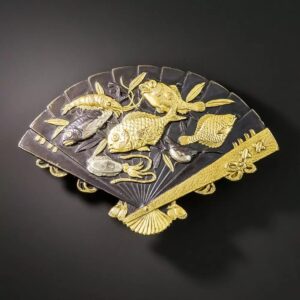
Japanese influence on jewelry design and techniques was a direct result of the opening of trade after the Treaty of Kanagawa in 1854. The West immediately embraced the Japanese design aesthetic and began adapting it for jewelry as surface ornamentation on already existing jewelry styles. Techniques such as niello and mixed metals along with Eastern motifs such as birds, flowers, fans and the like were interpreted by Western designers to create a whole new effect.
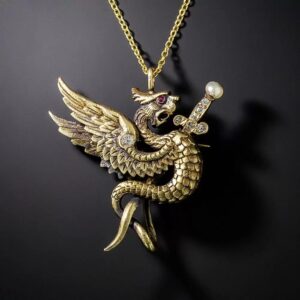
Jewelry designed for a novelty effect was sweeping the nation. Insects and animals, sporting themes, mechanical devices, and symbolic jewelry turned up all over America. Bracelets that were spring-loaded, equipped with locks and keys, and serving a multitude of purposes, a la chatelaines, were being sported on wrists. Stickpins of every design imaginable – emblems, machinery, animals, bugs, sporting themes, fruits, vegetables, musical notes, instruments and even punctuation, were worn on scarves, hats, and ascots singly and in multiples. Bugs, birds, lizards, snakes, sea creatures, and human hands, beautiful or creepy, were realistically rendered and studded with all manner of gemstones. Novelty was being applied to every type of jewelry – pins, bracelets, necklaces, cuff links, earrings, fobs and rings. Another clever addition to novelty jewelry was automation – – serving to convey an extra dash of realism.
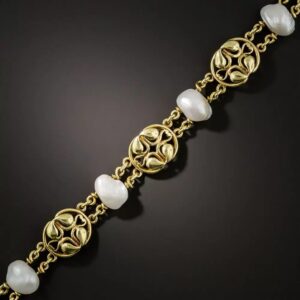
As the new century approached jewelry styles began to change dramatically. The machine age was yielding to the Arts & Crafts Movement and Art Nouveau styling was a rejection of the Victorian aesthetic. Tiffany & Co. led the charge in America. Designers Louis Comfort Tiffany and Paulding Farnham created innovative new jewelry designs and techniques, which along with the collaboration of George Kunz, who enabled them to work with a wide variety of colored stones, created the perfect storm for Tiffany & Co. to completely captivate the Paris Exposition Universelle of 1900. Other American jewelers followed suit and a distinctly American style was ready to emerge in the next millennium, ushering in the heyday of the Newark, New York, Boston and Philadelphia jewelers.
Timeline: Part IV
| Name/Period | Year | Company Info | Specialty |
|---|---|---|---|
| Centennial Exposition Philadelphia PA | 1876 |
|
|
| Raoul-Pierre Pictet Louis-Paul Cailletet Geneva, Switzerland Paris, France | 1877 |
|
|
| Paris Exposition Paris, France | 1878 |
|
|
| Bailey, Banks & Biddle Philadelphia PA  | 1878 |
|
|
| Tiffany Diamond | 1879 |
|
|
| Whitehead & Hoag Co. Newark NJ  | 1879 |
|
|
| Bippart & Co. Bippart, Griscom Osborn Newark NJ  | 1880 |
|
|
| Tiffany Setting | 1886 |
|
|
| French Crown Jewels | 1887 |
|
|
| Udall & Ballou New York NY  | 1888 |
|
|
| Spaulding & Co. Chicago IL  | 1889 |
|
|
| Paris Exposition Tiffany & Co.Paris, France | 1889 |
|
|
| Henry Blank & Co. Whiteside & Blank Newark NJ 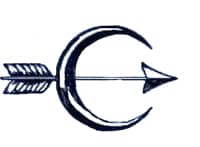 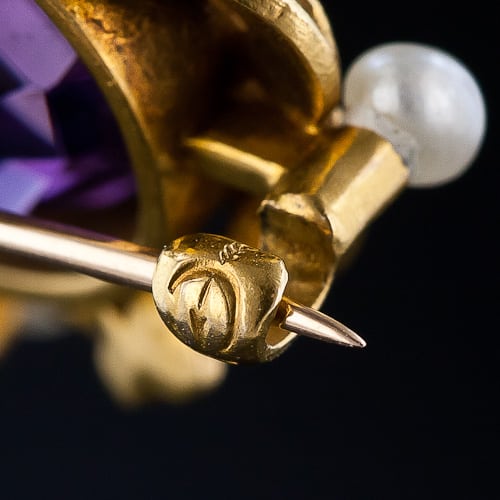 | 1890 |
|
|
| Robert and John Kerr Detroit MI | 1891 |
|
|
| Elbert Hubbard Aurora NY | c.1893 |
|
|
| World’s Columbian Exposition Chicago IL | 1893 |
|
|
| Lebolt, Inc. Chicago IL  | 1895 |
|
|
| Walter P. McTeigue New York NY | 1895 |
|
|
| Boston Arts and Crafts Society Boston MA | 1897 |
|
|
| Exposition in Paris Paris, France | 1900 |
|
|
| The Kalo Shop Chicago IL 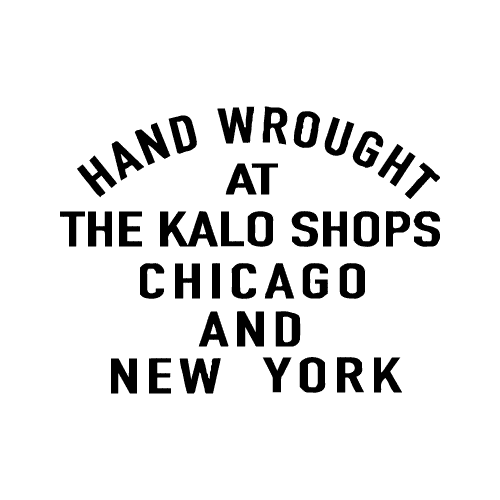 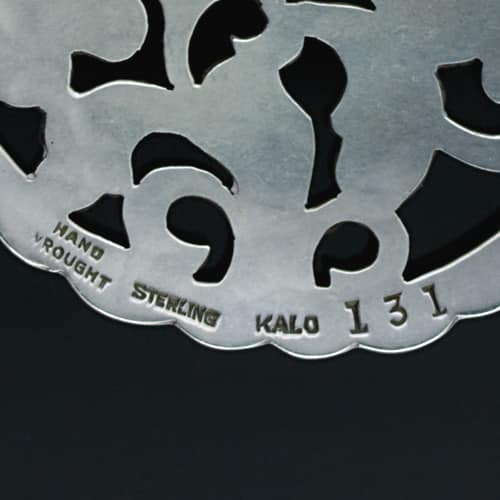 | 1900 |
|
|
More American Jewelry
Sources
- Dietz, Ulysses Grant; Joselit, Jenna Weissman; Smead, Kevin J.; and Zapata, Janet. The Glitter & the Gold: Fashioning America’s Jewelry, Newark NJ: The Newark Museum, 1997.
- Fales, Martha Gandy. Jewelry in America 1600-1900: Woodbridge, Suffolk England: Antique Collectors’ Club, 1995.
- Gere, Charlotte and Munn, Geoffrey C. Artists’ Jewellery: Pre-Raphaelite to Arts and Crafts. Woodbridge, Suffolk England: Antique Collector’s Club, 1989.
- Price, Judith. Masterpieces of American Jewelry. Philadelphia: Running Press, 2004.
- Proddow, Penny and Healy, Debra. American Jewelry: Glamour and Tradition: New York NY: Rizzoli, 1987.
- Romero, Christie. Warmans Jewelry: Radnor PA: Wallace-Homestead Book Company, 1995.
- The Centennial Exhibition. The Ohio Democrat. September 28k, 1876, New Philadelphia, Ohio.
- Starr & Marcus. nytimes.com, The New York Times, December 17, 1874, page 8.
- A Centennial Tea Party. nytimes.com, The New York Times. Wednesday, February 23, 1876, page 5.
